Efforts to overcome difficulties
We arrived at the Can Thanh Town Health Station (Le Thuong Street, Can Thanh Town, Can Gio District, Ho Chi Minh City) just when it was organizing free health check-ups for the elderly. Mr. Nguyen The Nhan (72 years old, residing in Mieu Nhi Ward) said that every time he came to the health station, he was very happy because of the dedicated and attentive medical staff, but he was also worried when he saw the degraded facilities and equipment of the health station, the hot and cramped atmosphere.
Can Thanh town health station is a row of level 4 houses, divided into 5 rooms, each room has an area of about 15m2 on a total land area of nearly 800m2. Currently, the station has 1 doctor and 6 nurses, responsible for examining and preventing diseases for over 11,000 people, including over 1,000 elderly people. Because the facilities are reused and not the function of the health station, when it rains, it leaks and floods; in the hot season, the station only turns on the air conditioner at the hottest time of the day for fear of short-circuiting the electrical system, which has not been replaced or repaired for nearly 10 years.
“Although the facilities are old, with the attention of the city and Can Gio district, the station is not lacking in equipment for examination and disease prevention, and chronic medicines. On average, the station examines and dispenses medicine to about 80 people per day,” said Dr. Dang An, Head of the Can Thanh town Health Station.
In reality, most of the health stations in suburban areas such as Thu Duc City, Districts 12, Binh Tan, Binh Chanh, Hoc Mon, Nha Be, Can Gio, Cu Chi were built after 2000 with large scale, good infrastructure, and thorough investment... However, due to being used for more than 20 years, the facilities of the health stations have degraded. Some stations lack human resources, so the clinics only display signs, the inside is used as a warehouse or the equipment has not been used for a long time and is "covered". In the inner city, health stations are mainly townhouses used as headquarters, used for a long time, most of them are degraded, small, and cramped. Although 317/319 commune, ward and town health stations meet national standards for grassroots health care (accounting for 99.4%), according to the Project "Building and developing the grassroots health network in the new situation" under Decision No. 2348/QD-TTg dated December 5, 2016 of the Prime Minister , 21 districts and Thu Duc City of Ho Chi Minh City all have the need to invest in medical equipment, repair and renovate hundreds of health stations and build dozens of new health stations.
Hoping for a quick change in the face of the local health sector, Dr. Nguyen Van Truong, Director of the Hoc Mon District Health Center, expressed his belief that the city will soon direct agencies and units to synchronously and drastically implement Resolution 98 so that the face of the local health sector can truly change; and the medical staff can work with peace of mind.
"Sharing the fire" with the front line
Early last July, District 7 Hospital admitted a child patient in critical condition. Baby A. was admitted with a sharp object piercing his heart, causing his heart and breathing to stop. Doctors and nurses at the hospital persevered in resuscitation, determined not to give up, and at the same time "joined forces" with Children's Hospital 2 (HCMC) to help the child escape the clutches of death.
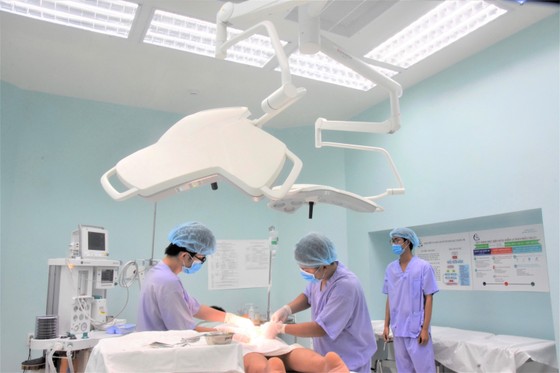 |
Spacious operating room, fully equipped with modern equipment at District 7 Hospital, Ho Chi Minh City |
Patient A. is one of nearly 200 very serious cases (77 cases of out-of-hospital cardiac arrest), critical, with many underlying diseases such as respiratory failure, severe pneumonia, septic shock, cardiogenic shock, treatment of severe acute COPD (respiratory dysfunction) requiring mechanical ventilation... Previously, most of them would have been transferred due to a lack of skilled doctors and equipment, but now they have received timely emergency care, intensive treatment and returned home healthy.
Dr. Duong Phat Trien, Deputy Head of the Department of Emergency - Intensive Care and Anti-Poison, District 7 Hospital, emphasized that the unit would be able to treat more seriously ill patients if it invested in a magnetic resonance imaging (MRI) machine. Because District 7 Hospital does not have this equipment, many patients have to be transferred to another hospital for an MRI and then brought back to District 7 Hospital, wasting the "golden time" in treatment.
Not only District 7 Hospital, other hospitals in Ho Chi Minh City such as District 11 Hospital, District 12 Hospital, Tan Phu District Hospital, Le Van Thinh Hospital (Thu Duc City), Binh Chanh District Hospital, Cu Chi District Hospital... have limited patient transfers, gradually affirming their "brand" in medical examination and treatment.
“Cu Chi District Hospital currently has 130 full-time doctors; has many high-tech machines and equipment and examines and treats over 1,000 inpatients and outpatients every day... To achieve this result, in addition to affirming its name and bringing peace of mind to patients, the hospital must also create a reputation for quality, implemented techniques and results in each case over many years,” emphasized Dr. Tran Chanh Xuan, Director of Cu Chi District Hospital.
Associate Professor, Doctor, Doctor TANG CHI THUONG, Director of Ho Chi Minh City Department of Health:
Improve the quality of primary health care
Improving the quality of the grassroots health care system has been a continuous activity of the sector over the past time, in which strengthening infrastructure is a priority activity that Ho Chi Minh City is very interested in. After successfully piloting the introduction of an artificial intelligence (AI) X-ray machine to Thanh An island commune, Can Gio district, the Department will advise the Ho Chi Minh City People's Committee to continue implementing it at health stations far from the city center. In addition, it will continue to maintain and develop remote connections between doctors working at health stations and specialists at the city's hospitals for remote consultation and professional advice. At the same time, the Department of Health will expand the list of drugs for health stations, health insurance drugs, especially outpatient drugs for non-communicable diseases such as diabetes, cardiovascular disease, chronic lung disease, cancer (palliative care stage).
Ms. LE THI ANH THU, Vice Chairman of Nha Be District People's Committee, Ho Chi Minh City:
Build 7 new medical stations
In order to effectively implement Resolution 98, in the coming time, Nha Be district will propose to the city a number of mechanisms and policies to improve the quality of medical services. In addition to accelerating and ensuring the quality of the completion of the new construction of Nha Be District Hospital (starting construction in December 2022), the district will invest, repair, and purchase equipment for the district medical center to meet the standards according to the set of criteria for advanced new rural districts associated with urbanization in the rural areas of Ho Chi Minh City in the period of 2021-2025. In addition, the district will replicate the model of specialized satellite clinics of the city hospital located at the health station, such as the model of the Pediatric Clinic of Ho Chi Minh City Children's Hospital located at Phuoc Kien Health Station. The district implements a program of rotating medical staff from the city to support the district medical center to improve the capacity of medical examination, treatment and disease prevention.
Mr. NGUYEN NGOC XUAN, Vice Chairman of Can Gio District People's Committee, Ho Chi Minh City:
Re-establish district hospital
According to the development orientation of Ho Chi Minh City by 2023, Can Gio district will basically become a high-quality resort and eco-tourism city, with the ability to compete at the regional level... To accompany and be ahead, in the health sector, Can Gio district will advise the city to prioritize investment in new construction, upgrading and renovating facilities, providing equipment for commune and town health stations and district health centers to complete the health care network. Newly build Can Thanh town health station and Thanh An island commune health station with emergency surgery area, Telemedicine system, PACS... Establish a waterway emergency station (in Thanh An island commune) under the city's 115 Emergency Center to ensure the health care and emergency needs of people, fishermen and tourists at sea.
The district invested in 170 more hospital beds, bringing the total number of beds to 420 at the district health center and Binh Khanh - An Nghia regional polyclinic; fully equipped with modern equipment according to standards to meet the needs of medical examination and treatment for the people. At the same time, by the end of 2030, Can Gio District Hospital (previously merged into the district health center) will be re-established with conditions for health care combined with convalescence. In the same year, the rate of people participating in health insurance was over 97%; every year, 7 communes and towns maintain national standards on health...
AN KHANH
Source



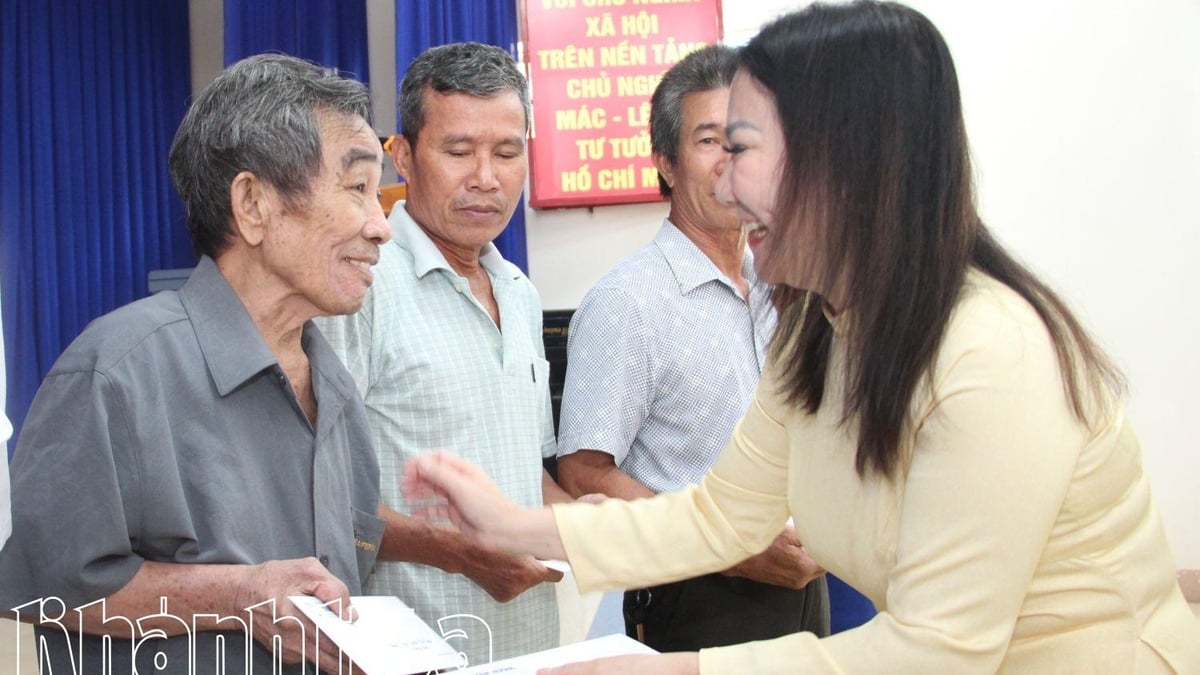
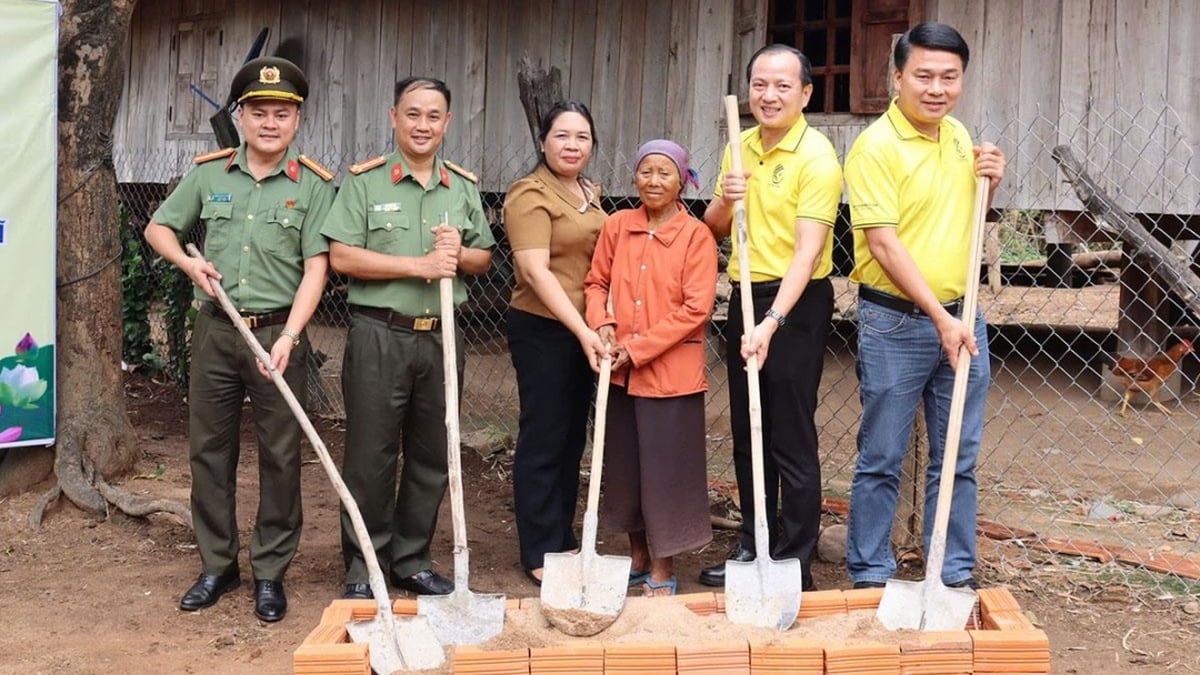


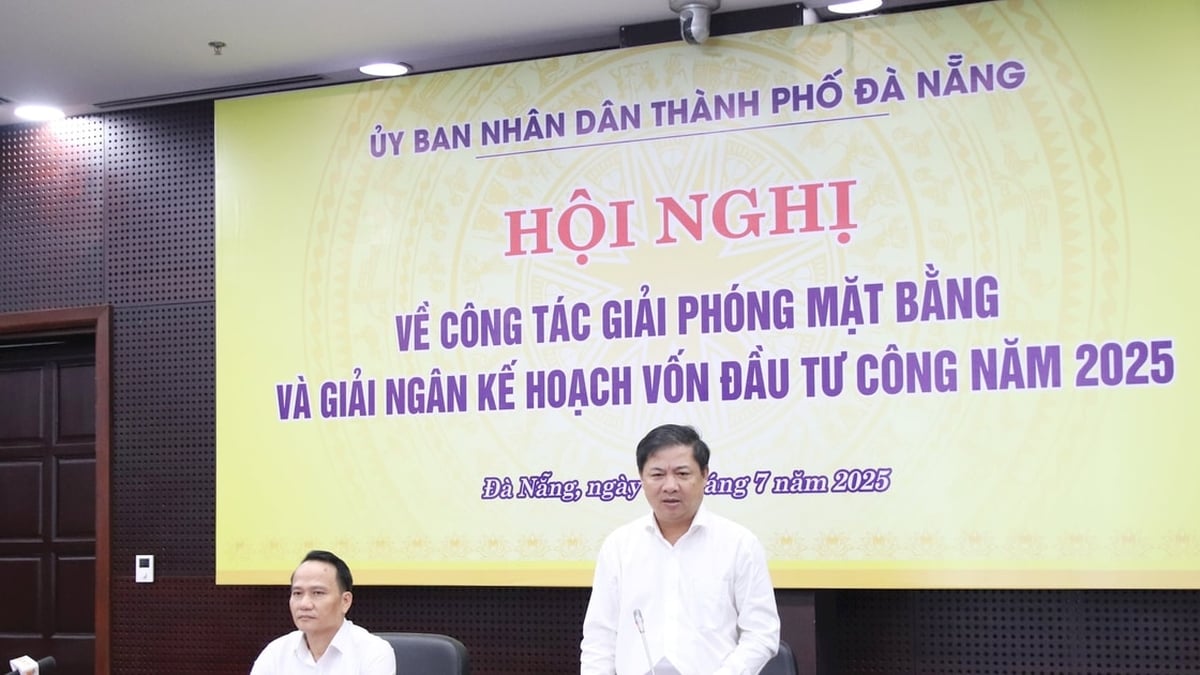
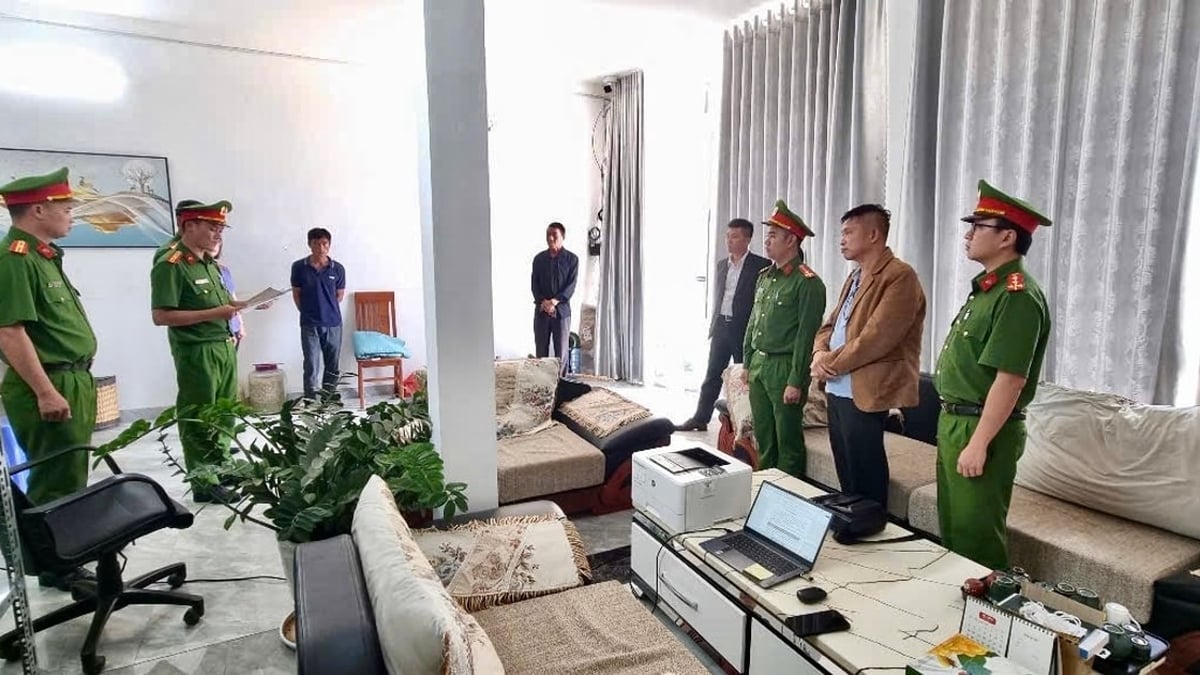

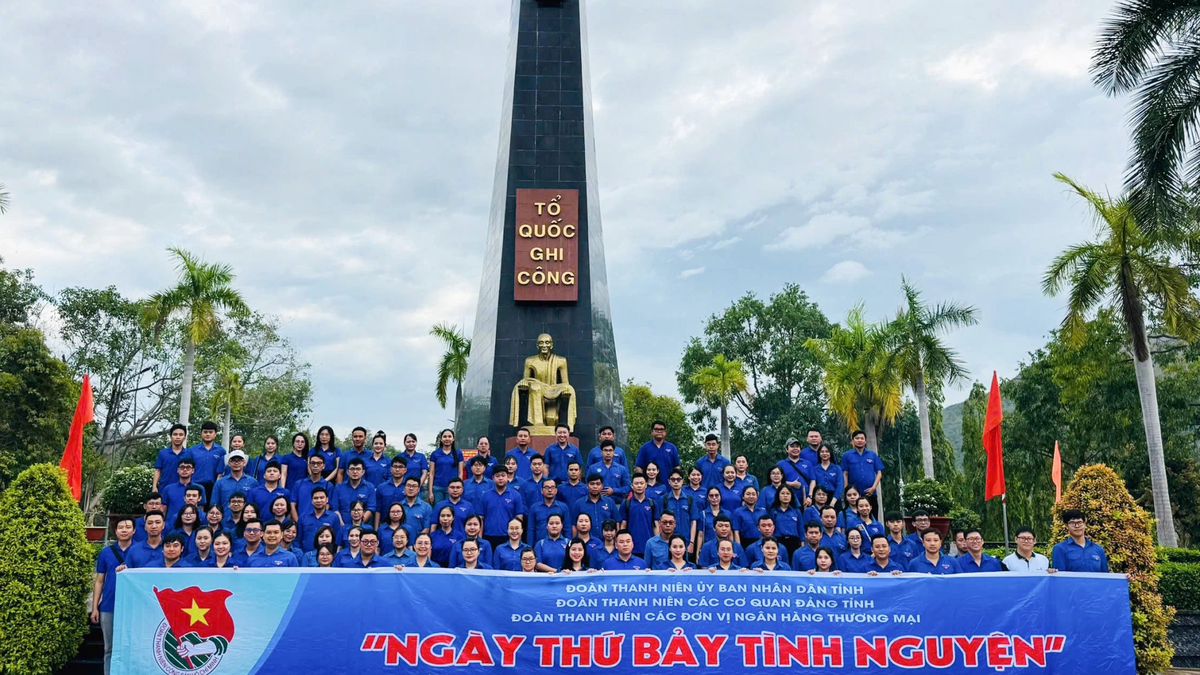
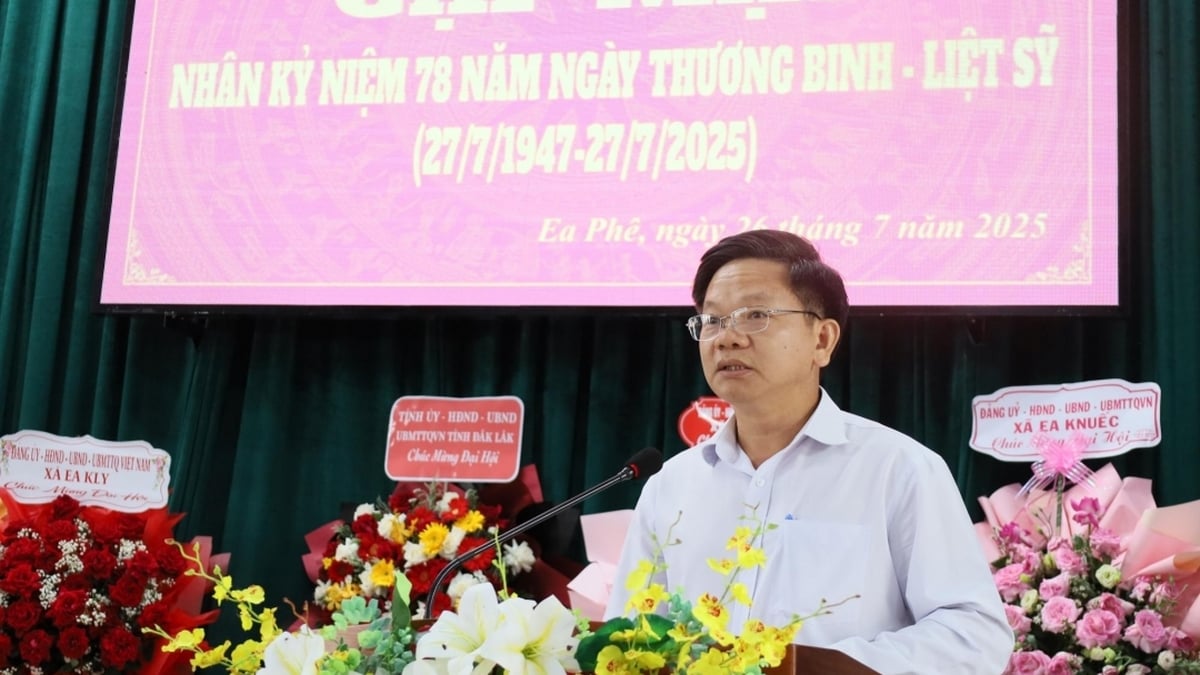




















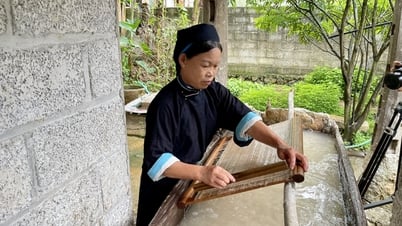













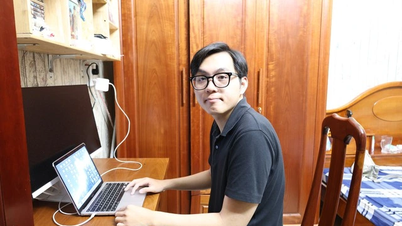
















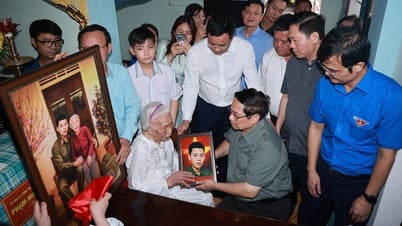
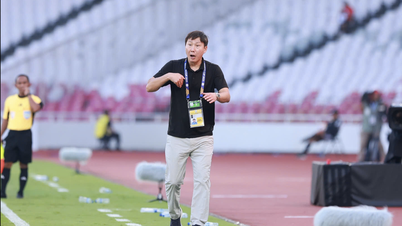







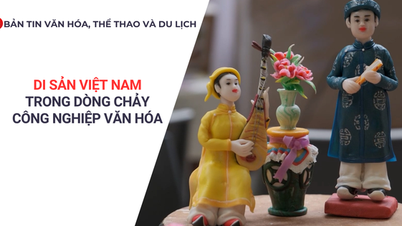


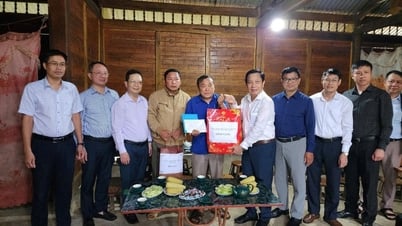
























Comment (0)